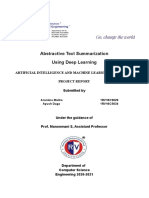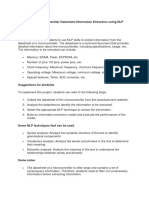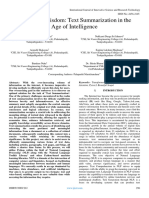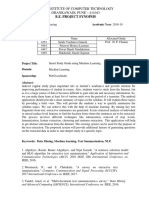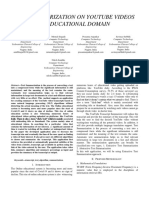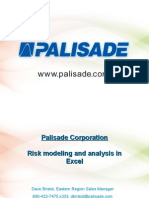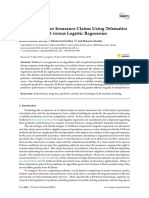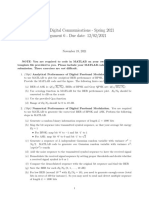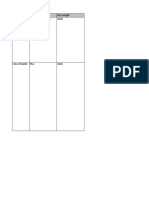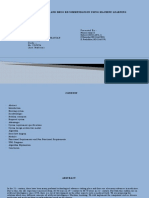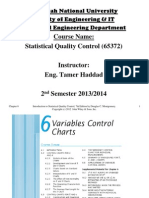0% found this document useful (0 votes)
33 views17 pagesFYP Final Proposal
The document proposes developing a system that can automatically generate PowerPoint presentations from books using hybrid summarization techniques. This could help educators and professionals create presentations more quickly and accurately. The system would combine extractive and abstractive summarization and be evaluated based on accuracy, coherence and efficiency compared to other tools.
Uploaded by
Fateh AlimCopyright
© © All Rights Reserved
We take content rights seriously. If you suspect this is your content, claim it here.
Available Formats
Download as DOCX, PDF, TXT or read online on Scribd
0% found this document useful (0 votes)
33 views17 pagesFYP Final Proposal
The document proposes developing a system that can automatically generate PowerPoint presentations from books using hybrid summarization techniques. This could help educators and professionals create presentations more quickly and accurately. The system would combine extractive and abstractive summarization and be evaluated based on accuracy, coherence and efficiency compared to other tools.
Uploaded by
Fateh AlimCopyright
© © All Rights Reserved
We take content rights seriously. If you suspect this is your content, claim it here.
Available Formats
Download as DOCX, PDF, TXT or read online on Scribd
/ 17












